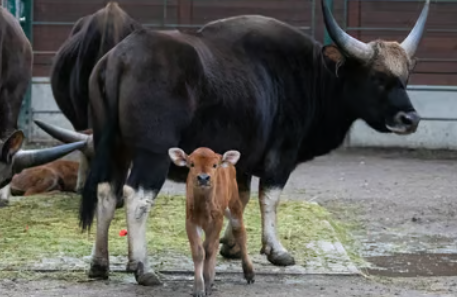India Releases Standard Veterinary Treatment Guidelines for Animals
The Department of Animal Husbandry and Dairying (DAHD) in India released the Standard Veterinary Treatment Guidelines (SVTGs) for livestock and poultry. This initiative is a collaboration with the Food and Agriculture Organization (FAO) and supported by the United States Agency for International Development (USAID). The guidelines aim to standardize veterinary treatment across India.
Purpose of SVTGs
The SVTGs are designed for veterinarians and animal health professionals. They provide a framework for rational treatment of various animal diseases. The goal is to improve animal health and veterinary care throughout the country.
A team of around 80 expert veterinarians developed the SVTGs. These professionals have extensive field experience. The guidelines will be updated regularly, every 2-3 years, based on feedback and new veterinary practices.
Access and Format
The guidelines are available as a compact digital manual. This format allows easy access via mobile devices. This ensures that veterinarians can refer to the guidelines conveniently in their daily work.
The SVTGs cover a wide range of animal species. They address diseases in large and small ruminants, poultry, pigs, camels, equines, mithuns, and yaks. Each chapter focuses on different disease categories: infectious, non-infectious, and parasitic diseases.
Treatment Guidelines
For each disease, the document provides essential details. This includes the cause (etiology), clinical signs, diagnosis, treatment options, and preventive measures. Recommended treatments include dosage, administration routes, and duration. It also covers withdrawal periods and potential side effects of treatments.
The guidelines incorporate validated ethnoveterinary practices. This approach helps improve health management for various diseases. It offers alternative treatment options that are culturally relevant.
Poultry Health Focus
In poultry, the guidelines address common viral, bacterial, and parasitic infections. Key viral diseases include New Castle Disease and Avian Influenza. Bacterial infections covered include E. coli and Salmonella. Parasitic diseases like coccidiosis are also included.
The SVTGs emphasize the importance of biosecurity practices. These measures help control the spread of pathogens. By implementing biosecurity, the health and productivity of poultry can be improved.
Vaccination Schedules
Detailed vaccination schedules are provided for different poultry types. This includes commercial layers, broiler breeders, and backyard poultry. Following these schedules is crucial for maintaining flock health.
Addressing Antimicrobial Resistance (AMR)
The guidelines aim to combat the growing concern of antimicrobial resistance (AMR). Overuse of antibiotics can lead to resistant bacteria, complicating treatment options. The SVTGs provide clear instructions on the appropriate use of antibiotics.
Promoting Responsible Drug Use
By offering standardized treatment protocols, the SVTGs seek to reduce irrational treatment practices. They encourage the responsible use of veterinary drugs. This is essential for ensuring the effectiveness of antibiotics in the future.
The SVTGs serve as a framework for assessing the quality of veterinary medicines. Policymakers can use this information to allocate budgetary provisions effectively. This will support the overall improvement of animal health services in India.
Month: Current Affairs - October, 2024
Category: India Nation & States Current Affairs









M Shafi Baba from kashmir India
November 1, 2024 at 3:01 pmRepeat breeding in cow’s in kashmir is a big problem for cow owner s
Dr. Shimanta Konwar
November 1, 2024 at 3:28 pmIt will be helpful for every Veterinarian who are involving in this field.
DIPANKAR LAHIRI
November 2, 2024 at 4:06 pmIt could be a great support for the profession & courage for the new commers.